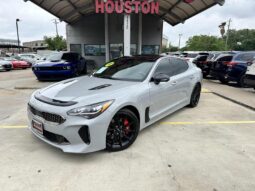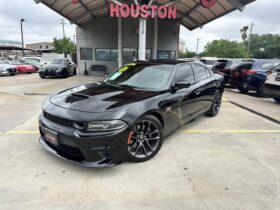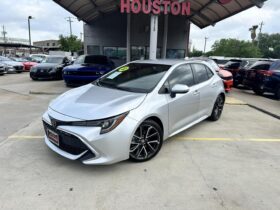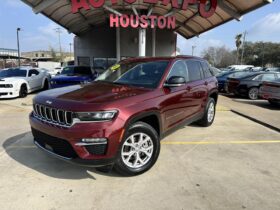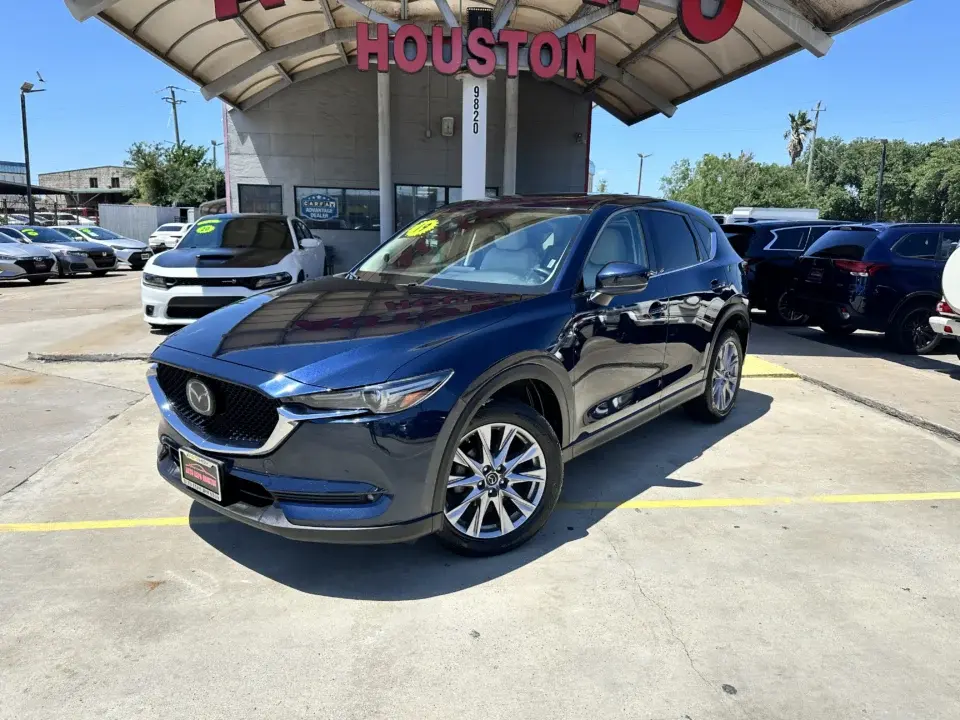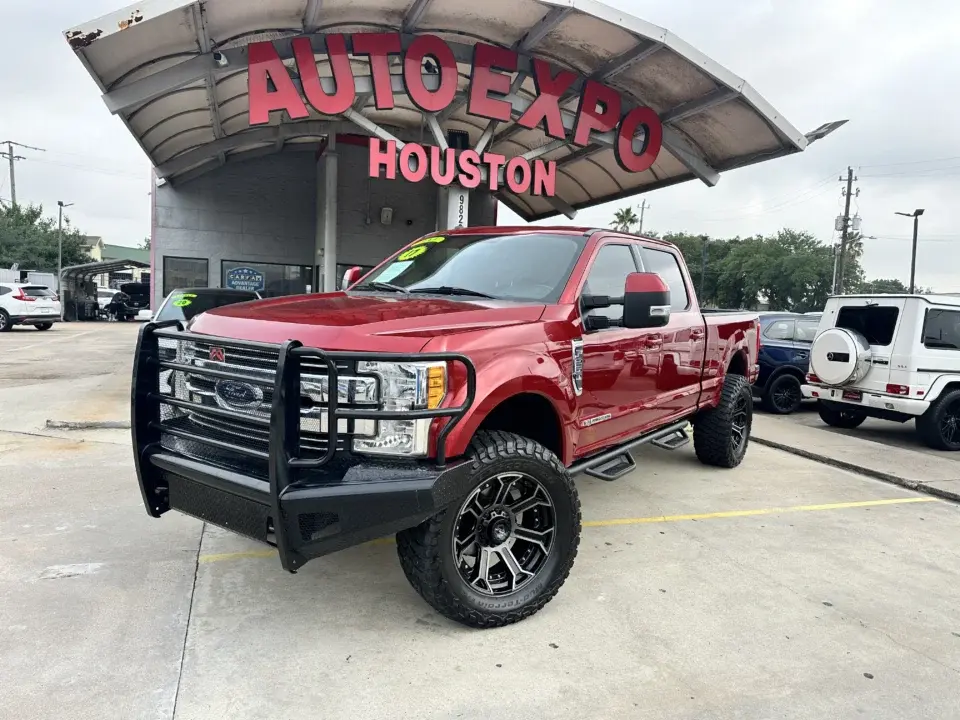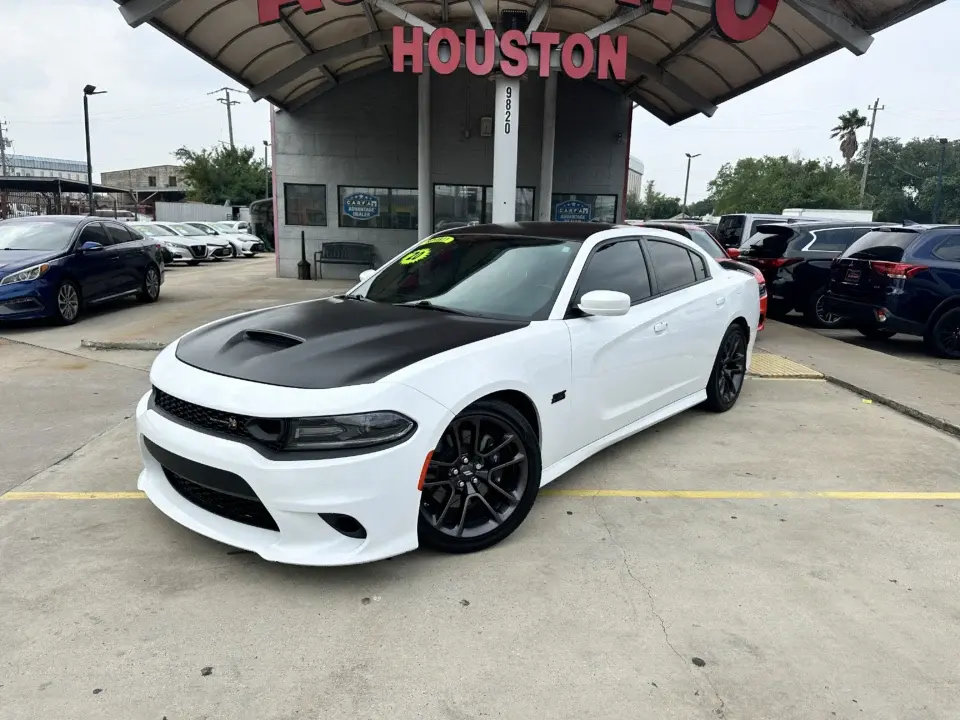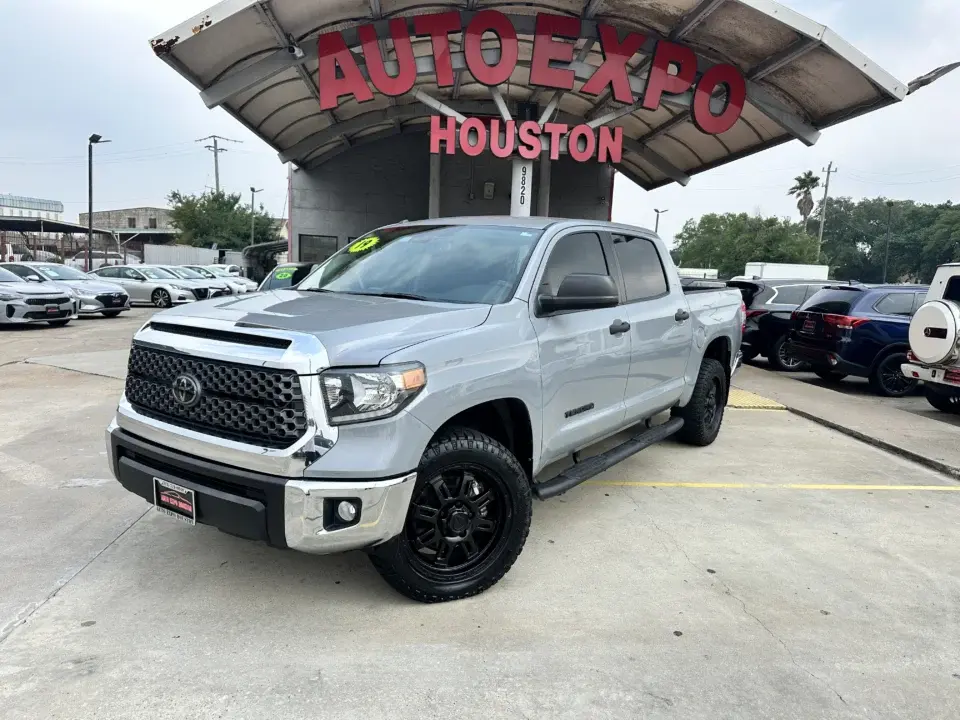Search Options
Search Options
Regular price
$26,995
Sale price
$24,995
Condition
Used
VIN
1V26E2CA5LC222272
Mileage
79,256 mi
Fuel type
Gasoline
Engine
V6, 3.6 LITER
Regular price
$36,995
Sale price
$35,995
Condition
Used
VIN
2C3CDXGJXLH162098
Mileage
70,177 mi
Fuel type
Gasoline
Engine
V8, HEMI, 6.4 LITER
Regular price
$23,995
Sale price
$19,995
Condition
Used
VIN
JTNC4MBE7N3148553
Mileage
99,179 mi
Fuel type
Gasoline
Engine
4-CYL, DYNAMIC-FORCE, 2.0 LITER
Regular price
$26,995
Sale price
$25,495
Condition
Used
VIN
1HGCV1F58LA071695
Mileage
66,786 mi
Fuel type
Gasoline
Engine
4-CYL, I-VTEC, TURBO, 1.5 LITER
Regular price
$39,995
Sale price
$35,995
Condition
Used
VIN
KNAE55LC2N6108938
Mileage
58,223 mi
Fuel type
Gasoline
Engine
V6, TWIN TURBO, 3.3 LITER
Regular price
$27,995
Sale price
$25,995
Condition
Used
VIN
JN8AZ2NE0H9156772
Mileage
62,539 mi
Fuel type
Gasoline
Engine
V8, 5.6 LITER
Regular price
$37,995
Sale price
$33,995
Condition
Used
VIN
1C4RJHBG9N8540968
Mileage
52,203 mi
Fuel type
Gasoline
Engine
V6, VVT, 3.6 LITER
Add Your Heading Text Here
Otto Flugmaschinenfabrik was founded in 1910 by Gustav Otto in Bavaria. The firm was reorganized on 7 March 1916 into Bayerische Flugzeugwerke AG. This company was then renamed to Bayerische Motoren Werke (BMW) in 1922. However, the name BMW dates back to 1913, when the original company to use the name was founded by Karl Rapp (initially as Rapp Motorenwerke GmbH). The name and Rapp Motorenwerke’s engine-production assets were transferred to Bayerische Flugzeugwerke in 1922, who adopted the name the same year.[5] BMW’s first product was a straight-six aircraft engine called the BMW IIIa, designed in the spring of 1917 by engineer Max Friz. Following the end of World War I, BMW remained in business by producing motorcycle engines, farm equipment, household items and railway brakes. The company produced its first motorcycle, the BMW R 32 in 1923.
[read more]
BMW became an automobile manufacturer in 1928 when it purchased Fahrzeugfabrik Eisenach, which, at the time, built Austin Sevens under licence under the Dixi marque.[6] The first car sold as a BMW was a rebadged Dixi called the BMW 3/15, following BMW’s acquisition of the car manufacturer Automobilwerk Eisenach. Throughout the 1930s, BMW expanded its range into sports cars and larger luxury cars.
Aircraft engines, motorcycles, and automobiles would be BMW’s main products until World War II. During the war, BMW concentrated on aircraft engine production using as many as 40,000 slave laborers.[7] These consisted primarily of prisoners from concentration camps, most prominently Dachau. Motorcycles remained as a side-line and automobile manufacture ceased altogether.
BMW’s factories were heavily bombed during the war and its remaining West German facilities were banned from producing motor vehicles or aircraft after the war. Again, the company survived by making pots, pans, and bicycles. In 1948, BMW restarted motorcycle production. BMW resumed car production in Bavaria in 1952 with the BMW 501 luxury saloon. The range of cars was expanded in 1955, through the production of the cheaper Isetta microcar under licence. Slow sales of luxury cars and small profit margins from microcars meant BMW was in serious financial trouble and in 1959 the company was nearly taken over by rival Daimler-Benz.
[/read]



